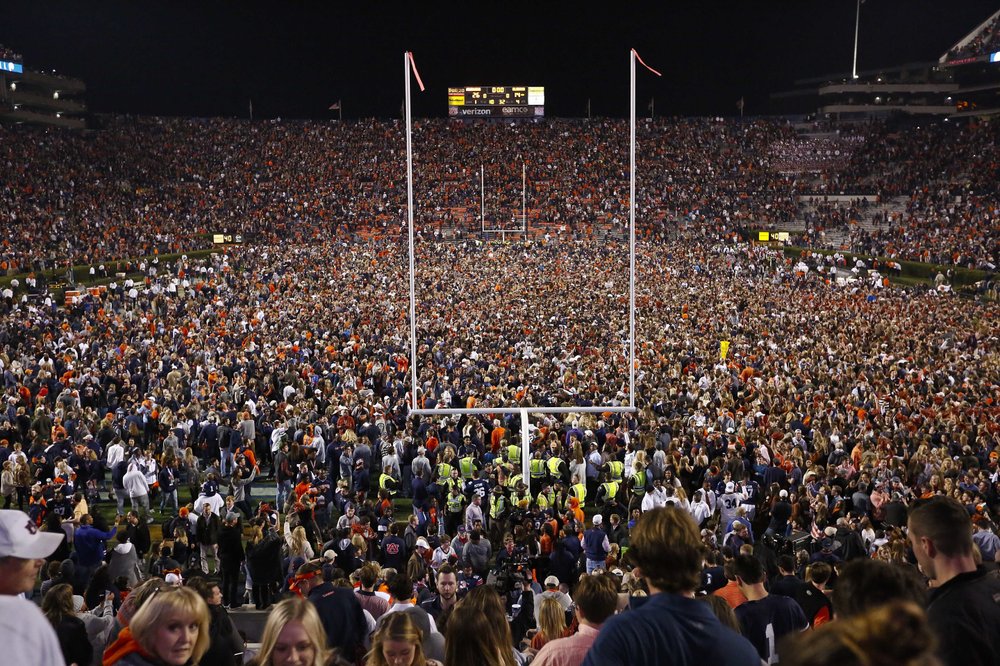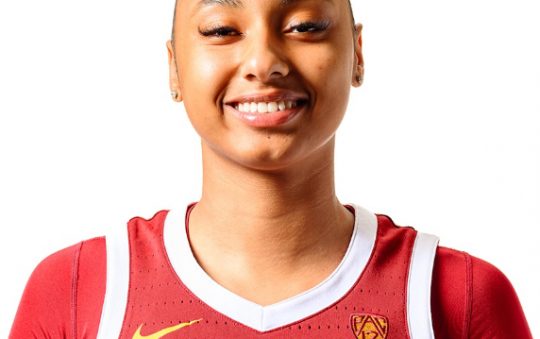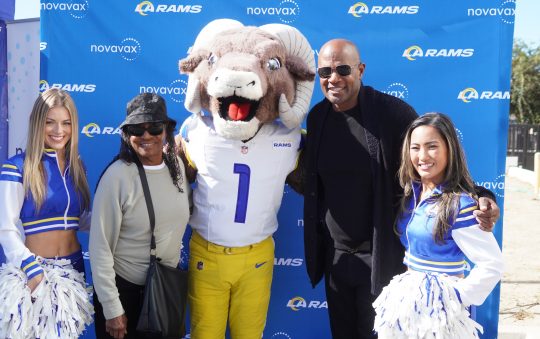
A most overused coaching cliche has never been so relevant as college football embarks on a season of COVID-19: Take it one day at a time.
With so much uncertainty, trying to figure how this will go is impossible. But there will be games, including a few this weekend, though the usual Labor Day grand opening has been scrapped.
The 2020 season will be a story about what was lost, what was salvaged and what was gained in reaction to all the disorder. This also could be the first of two over the next eight months.
It figures to be weird and worrisome. What we know and what’s still to be determined:
WHO IS (AND ISN’T) PLAYING?
What is most commonly referred to as major college football (NCAA Division I Bowl Subdivision or FBS) is comprised of 130 teams and 10 conferences. Seventy-seven of those teams are scheduled to play throughout the fall, starting at various times in September. The other 53, including the entire Big Ten and Pac-12, have postponed their seasons and are hoping to make them up later. That means no No. 2 Ohio State, No. 7 Penn State, No. 9 Oregon and six other teams that were ranked in the preseason AP Top 25.
Among the three other so-called Power Five Conferences, the Southeastern Conference (10 games for each team, starting Sept. 26), Atlantic Coast Conference (11 games, Sept. 12) and Big 12 (10 games, Sept. 12) have schedules in place. None will be playing each other. The SEC is playing no games out of conference. ACC and Big 12 teams will play one nonconference game at home.
All those compelling early season nonconference matchups and the traditional late-season, cross-conference rivalry games won’t be played in 2020.
The American Athletic Conference, Conference USA and Sun Belt are also playing, trying to get as close to a normal 12-game season as they can. Independents BYU and Army have practically rebuilt their schedules from scratch. Famously independent Notre Dame fixed its scheduling problem by joining the ACC for football this season only.
As for the players, a few dozen have already opted out, including some big stars such as LSU All-America receiver Ja’Marr Chase, Pitt defensive tackle Jaylen Twyman and Miami defensive end Gregory Rousseau.
COVID-19 PROTOCOLS
The ACC, Big 12 and SEC have all mandated coronavirus testing of players three times per week during the season and the other conferences are expected to do the same.
Positive tests will send players to isolation for at least 10 days and players deemed to be close contacts to those who test positive will be quarantined for 14 days.
During games, there will be masks worn on sidelines.
Some schools, such as North Carolina and Pittsburgh, will have no fans in attendance at their games, at least when the season starts. Many others will have reduced crowds, ranging from 20%-25% capacity, to start the season.
The pageantry of college football — the bands, cheerleaders and mascots — will mostly be missing this fall.
WHAT HAPPENS WHEN A PLAYER (OR COACH) TESTS POSITIVE?
Athletic directors, conference commissioners and even coaches have acknowledged they expect disruptions this season. The reason why Power Five leagues altered schedules was to provide more flexibility for postponements.
Positive tests leading to players and staff being isolated and quarantined have already contributed to three FBS games being postponed, including North Carolina State at Virginia Tech, which was scheduled Sept. 12 but has been pushed back to Sept. 26.
How this works is difficult to predict. The Big 12 is trying to come up with a minimum number of players available that would require a team to play.
“As long as you have at least 53 players certified to play, and you’ve got at least the minimum number and every one of those positions comprising that 53, then you have to play,” Iowa State athletic director Jamie Pollard said.
Even that might be more of a guideline than a rule. Other conferences are taking a more case-by-case approach.
In Major League Baseball, one positive test has caused teams to postpone games to allow for additional testing and contact tracing. Will college football teams be that aggressive? How much practice time can a team miss and still play a game?
“That’s assuming a lot of things go wrong and if they do, my answer to the question would be if you lose two or three days early in the week, you’re hard pressed to get your team ready,” Notre Dame coach Brian Kelly said.
CHAMPIONSHIPS AND TROPHIES?
The College Football Playoff is on for now. The semifinals are scheduled to be played Jan. 1 at the Rose Bowl in Pasadena, California, and the Sugar Bowl in New Orleans. The national championship game is set for Jan. 11 in Miami Gardens, Florida.
(Yes, the Rose Bowl could be played on New Year’s Day — even though the Big Ten and Pac-12 might not start their seasons until after that.)
Because schedules were adjusted and conference championship games could be played later into December than usual, the selection of the playoff teams was also pushed back to Dec. 20.
If anything resembling a full season can be played, rest assured the powers that be in college football will try to make a playoff happen. Hundreds of millions of dollars in television revenue are on the line.
With only three Power Five conferences playing, maybe a team from outside those powerhouse leagues such as Central Florida or Cincinnati can finally break into football’s final four. Or maybe it just makes it easier for the selection committee to include two SEC teams.
As for the rest of the bowls, if all 77 were permitted to play in a postseason game there would still not be enough to fill 40 bowl slots. Some could take a year off. Maybe some will shift to the spring.
As for the individual awards such as the Heisman Trophy, there has been no indication they won’t be handed out after the fall season.







